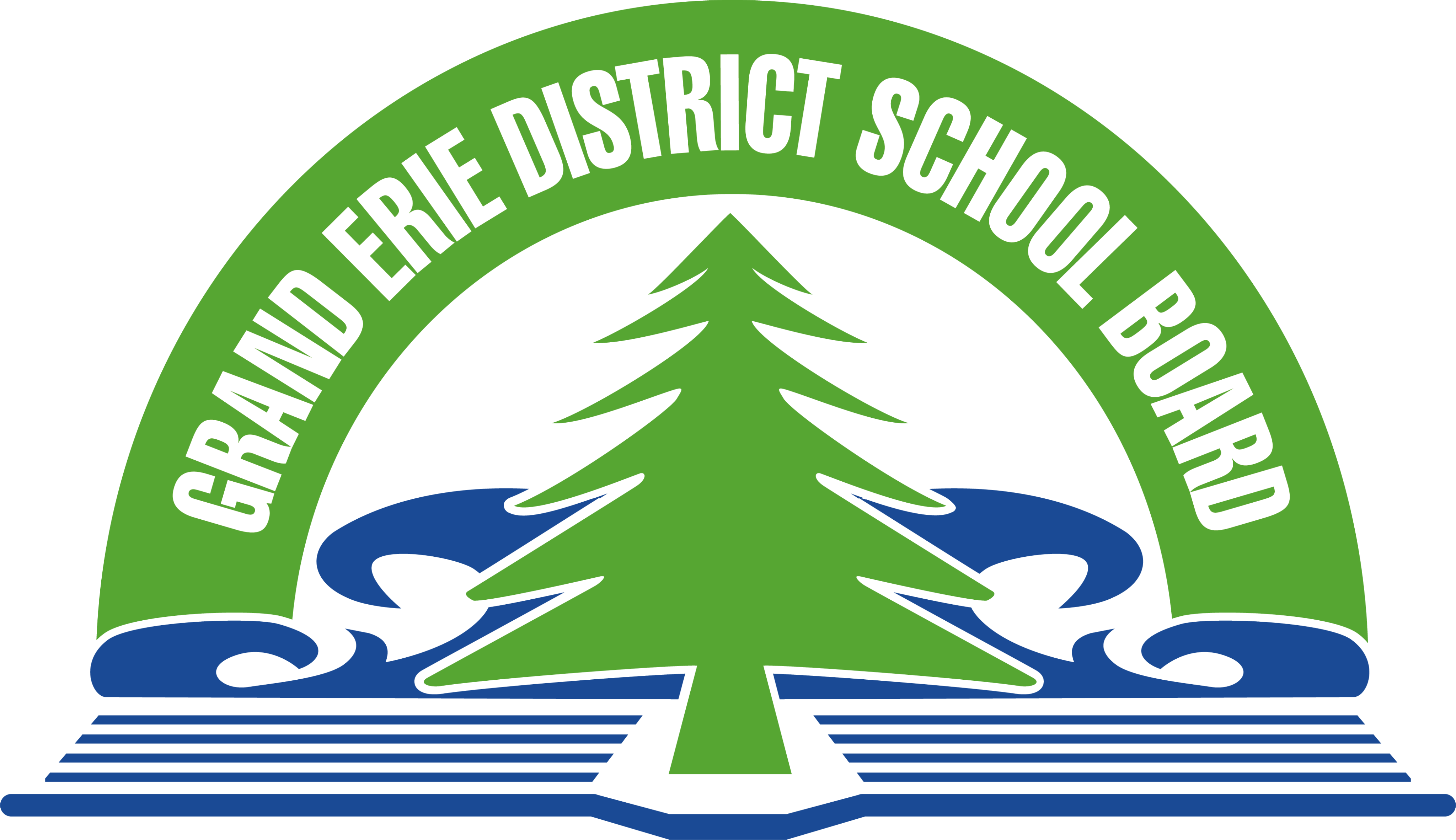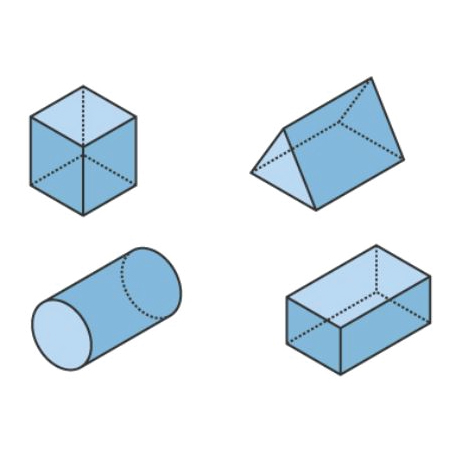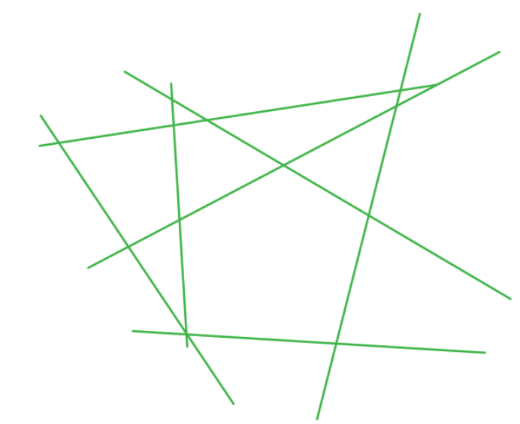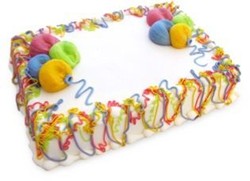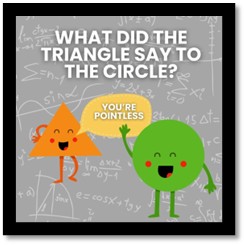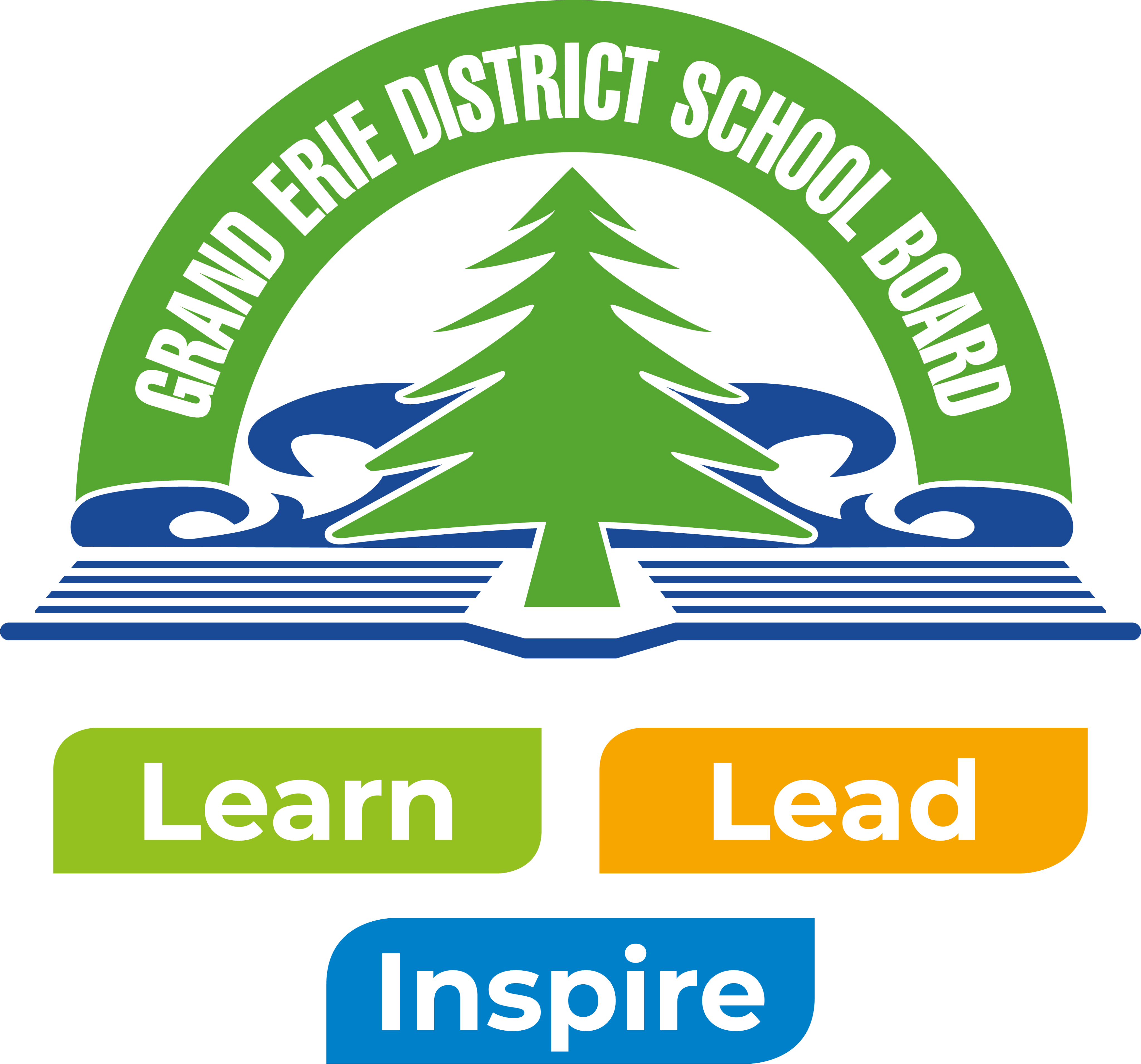Together with your child, explore real-life contexts to explain a ‘one-eighty’ or a ‘three-sixty’ (e.g., skateboarding, snowboarding, freestyle skiing). Encourage your child to describe these turns by referencing the protractor as the unit of measure. They might talk about a circle having 3600, so a ‘three-sixty’ turn is a complete rotation, and a ‘one-eighty’ is a half rotation. Children can document angles in every-day life through pictures and identify the type of angle they see. Families are invited to send us examples of this documentation. Photos will be highlighted in our next Growing Mathematical Minds Family Newsletter.
Example:
“In my house, I have windows that form a right angle (900) at the vertex.”
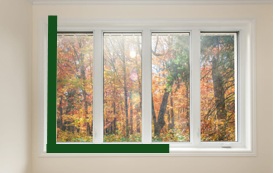
Adapted From Source: Mathology, Geometry: 2-D Shapes and Angles, Grade 4 and Geometry: 2-D Shapes, angles, and 3-D Solids, Grade 5.
